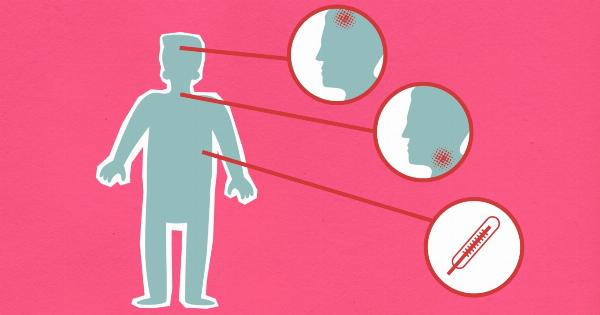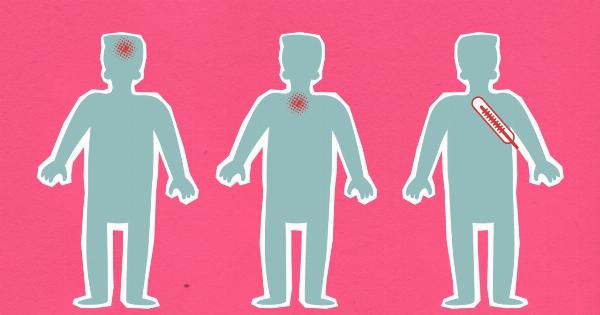Pharyngitis is an inflammation of the pharynx, the area at the back of your throat. It can be caused by a bacterial or viral infection, allergies, or irritants.
The symptoms of pharyngitis can vary from mild to severe and can include symptoms in your throat, nose, and ears. In this article, we will showcase 11 common symptoms of pharyngitis through pictures to help you identify the condition and seek medical attention if necessary.
Symptom 1: Sore Throat
One of the most common symptoms of pharyngitis is a sore throat. This can be mild or severe and can feel scratchy or painful when swallowing. Your throat may also feel dry or raw, and you may experience difficulty eating or speaking.

Symptom 2: Redness in the Throat
When you have pharyngitis, the back of your throat may appear red and inflamed. Your tonsils may also be swollen and red, which can cause discomfort and difficulty swallowing. In severe cases, you may experience pus or white spots on your tonsils.

Symptom 3: Coughing
Pharyngitis can also cause coughing, which may be dry or productive. Coughing can irritate your throat further, making your symptoms worse.
If you have pharyngitis and experience coughing with mucus or blood, you should seek medical attention immediately.

Symptom 4: Swollen Lymph Nodes
When your body is fighting an infection, your lymph nodes may become swollen and tender. This can occur in your neck or under your jaw, and can be a sign of pharyngitis.
Swollen lymph nodes should be evaluated by a healthcare provider, especially if they are causing discomfort or pain.

Symptom 5: Hoarseness
Pharyngitis can cause hoarseness or changes in your voice. Your voice may sound scratchy or raspy, and you may experience difficulty speaking or singing. Hoarseness that persists for more than two weeks should be evaluated by a healthcare provider.

Symptom 6: Ear Pain
Pharyngitis can cause ear pain or pressure due to inflammation and swelling in the back of your throat. This pain may be mild or severe and may be accompanied by other symptoms such as fever or headache.
Ear pain that persists for more than two days should be evaluated by a healthcare provider.

Symptom 7: Headache
Another common symptom of pharyngitis is a headache. This can be caused by inflammation and swelling in your throat, fever, or other underlying conditions. Headaches that are persistent or severe should be evaluated by a healthcare provider.

Fever: Symptom 8
Pharyngitis can cause a fever, which may be low or high-grade. A fever is a sign that your body is fighting an infection and should be monitored closely. High fevers that persist for more than two days should be evaluated by a healthcare provider.

Symptom 9: Bad Breath
Pharyngitis can cause bad breath or an unpleasant taste in your mouth due to bacteria or inflammation in your throat. This may be especially noticeable when you wake up in the morning or after eating.
Good oral hygiene can help alleviate bad breath, but if it persists, you should see a healthcare provider.

Fatigue: Symptom 10
When you have pharyngitis, your body is working hard to fight off the infection. This can cause fatigue or lethargy, which may be accompanied by other symptoms such as fever or malaise.
If your fatigue is severe or persists for more than a few days, you should see a healthcare provider.

Symptom 11: Difficulty Swallowing
Pharyngitis can cause difficulty swallowing or pain when swallowing due to inflammation and swelling in your throat. This can make it difficult to eat or drink and can lead to dehydration if not addressed.
If you experience difficulty swallowing, you should see a healthcare provider.


























